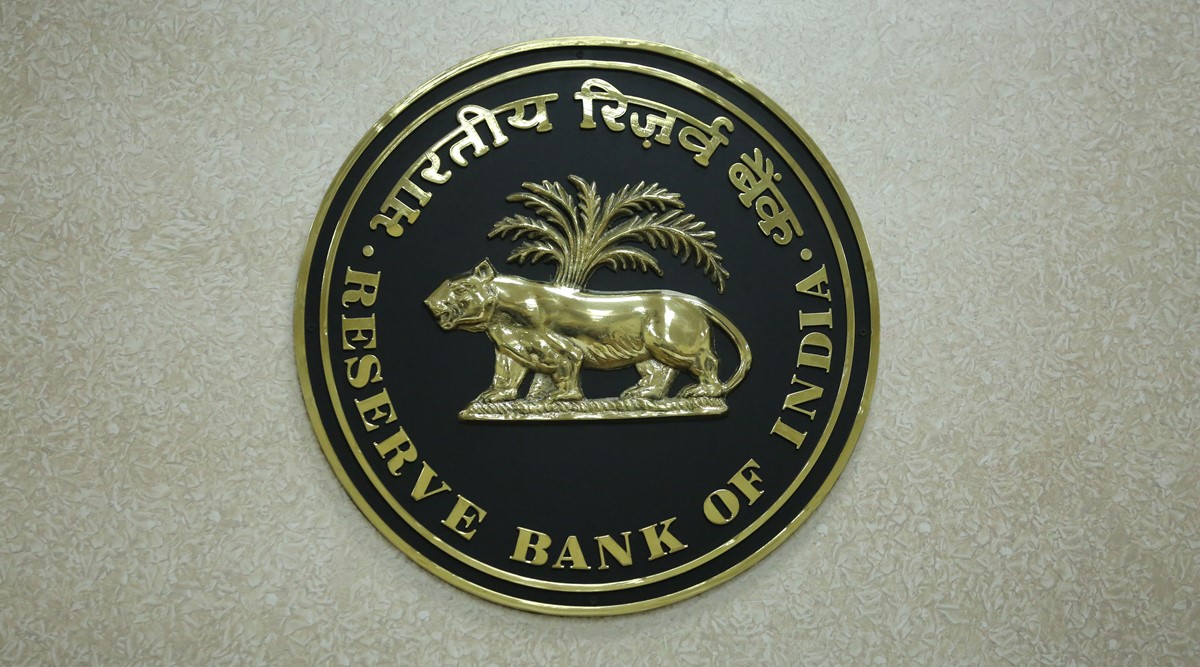While the center has announced an Asset Reconstruction (ARC) and government-guaranteed asset management company to address the NPAs issue with public banks, the existing ARC industry has had a lackluster performance so far.
According to a Reserve Bank of India (RBI) report on ARCs, the growth of the ARC industry has been inconsistent over time and out of sync with trends in distressed assets (NPAs) of banks and non-bank financial firms (NBFC). However, it backed the government’s proposal for a new ARC, saying that “such a company will further strengthen the asset settlement mechanism”.
The RBI report said that despite the surge in the number of ARCs, the growth in their assets under management (AUM) has been largely trendless, with the exception of one sharp increase in fiscal 2014. “Compared to the volume of NPAs from banks and NBFCs, the AUM of ARCs shows a declining trend, except during the high growth period of the AUM around 2013-14,” the central bank said.
During the 2019-20 period, asset sales by banks to ARCs declined, which could likely be due to banks turning to other settlement channels such as IBC and SARFAESI. The cost of the ARCs in relation to the book value of the assets has decreased, which suggests a lower realizable value of the assets.
The ARC industry began with the establishment of Asset Reconstruction Company India Ltd (ARCIL) in 2003, announced the RBI.
After being muted in the early years of its creation, there was an increase in the number of ARCs in 2008 and 2016. Although the number of ARCs has increased over time, their business has remained highly concentrated.
Of the total AUM, around 62 percent and 76 percent, respectively, were held by the top three and top five ARCs in March 2020, according to the RBI report. “Plus, 62 percent of the industry’s capital base was held by the three largest ARCs; the corresponding percentage was 67 percent for the top five ARCs, ”she added.
Indian ARCs were private sector companies registered with the Reserve Bank. Public sector AMCs in other countries often have easy access to government funding or support. In contrast, capital constraints have often been highlighted as a problem area for ARCs in India.
According to the RBI study, the development of the asset quality of banks and NBFCs after the Covid-19 pandemic could move ARCs more into focus and action.
In the future, the launch of a new asset rebuilding company to deal with the NPAs of public banks could also affect the operation of the existing ARCs, she added. “There is definitely scope for a well capitalized and well designed company to enter the Indian ARC industry. Such a company will further strengthen the asset settlement mechanism. “
According to the World Bank and the Financial Stability Institute, the AMC experiments – including those previously discussed – that successfully fulfilled their original mandate had the following: a narrow mandate (such as the dissolution of NPAs) with clearly defined goals; a sunset clause that defines its lifespan; supportive legal infrastructure related to bankruptcy and private property rights; Support a strong political will to recognize problem loans; a commercial focus of the AMC including governance, transparency and disclosure requirements, the RBI said.
The budgeted ARC will be set up by state and private banks and the center will not contribute equity. The ARC, which will have an Asset Management Company (AMC) to manage and sell rotten assets, will seek to resolve Rs 2-2.5 lakh crore stressed assets that remain unresolved in around 70 large accounts.

